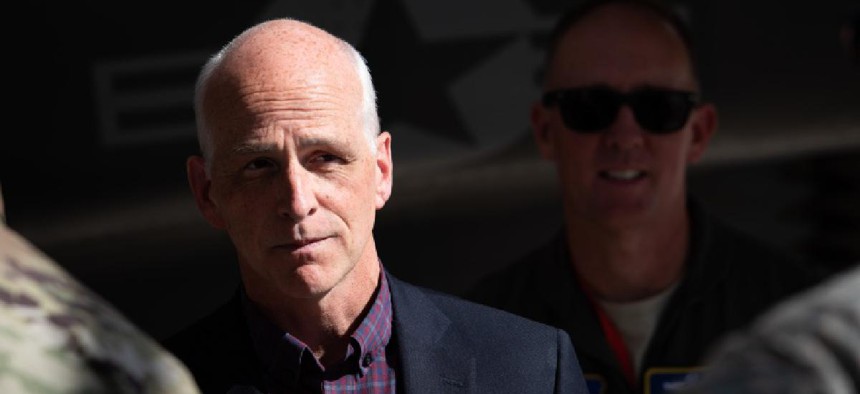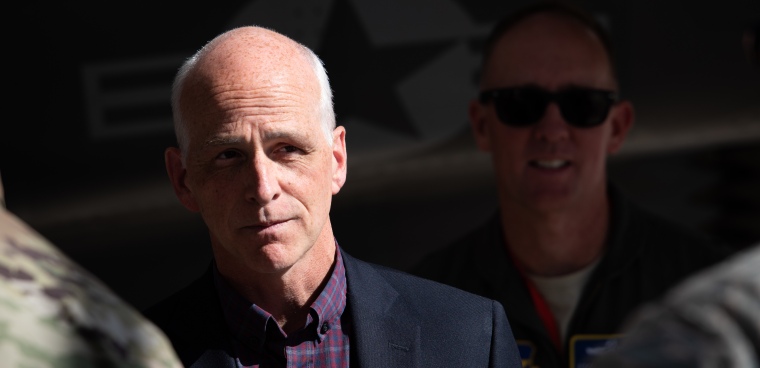HASC chair calls for new incentives to reduce defense costs

Divesting of legacy systems to make way for new technologies is expensive and at the heart of the Defense Department's budget debate. But could new incentives for contractors make a difference?

Rep. Adam Smith in 2019
Divesting of legacy systems to make way for new technologies is expensive and at the heart of the Defense Department's budget debate. But even when modernization makes fiscal sense, there are key dilemmas DOD and Congress will have to overcome.
For House Armed Services Committee Chairman Adam Smith (D-Wash.), that, in some ways, comes down to the right incentives for both those inside the Pentagon and defense contractors.
"You have to be incentivized. And if you think that the money's always going to be there, you don't have as much of an incentive," Smith said during a virtual AEI event discussing the defense budget on April 22.
"Warfare is changing; it is about information as much as it is about large platforms. The best, most sophisticated platform in the world can be shut down like that if you can't get the information...to who needs to use it," he said.
That's particularly relevant with regard to software capabilities -- something the department has grappled with when buying and sustaining systems and platforms amid a rapidly changing technology environment.
"The real problem is we don't make the software upgradeable enough quickly enough," Smith said, who has become increasingly concerned about "vendor lock" particularly when it comes to software, and how it inhibits DOD from being able to upgrade its capabilities as it needs to.
"I want to change the incentives so we start getting our money's worth," Smith said, which could include paying more at the start of a contract for intellectual property and amending existing contracts.
Smith wouldn't elaborate on potential strategies, but said he wants to make the issue a priority gearing up for the release of the Biden administration's first budget, and that such incentives would have to push defense contractors to lower costs of production and maintenance.
Lt. Gen. Dennis Crall, CIO for the Joint Chiefs of Staff, said April 21 during a C4ISRNET event, that many of the reforms DOD is making to upgrade its communications infrastructure with Joint All Domain Command and Control "makes fiscal sense," but resourcing constraints with legacy systems complicate those efforts.
"Once legacy gets rolling, it is incredibly difficult to onboard the new thing. And then you have kind of double billing," the general said, "you've got to keep the legacy alive while you're onboarding the very thing you're trying to do."
Crall said that's when things are the most expensive and any savings would only come after the old system is retired.
"We need to collapse those things which are both expensive and not delivering results. We just have a very mixed track record of doing that. And without doing that, we will not free up the capital necessary to onboard some of the modern pieces of JADC2," Crall said.
Those efforts could be stalled or delayed even further if the White House doesn't deliver a full budget soon. Smith, who has been critical of the White House's delay in revealing its budget, said continuing resolutions could be on the horizon if it's not delivered by May.
"If we don't get the budget by a certain timeframe, we can't markup the appropriations bills and the defense bill," Smith said. "There is [no] time to get through the legislative process if we don't get this thing before May 10 and that's all I can say."
NEXT STORY: A single platform for the Fourth Estate



